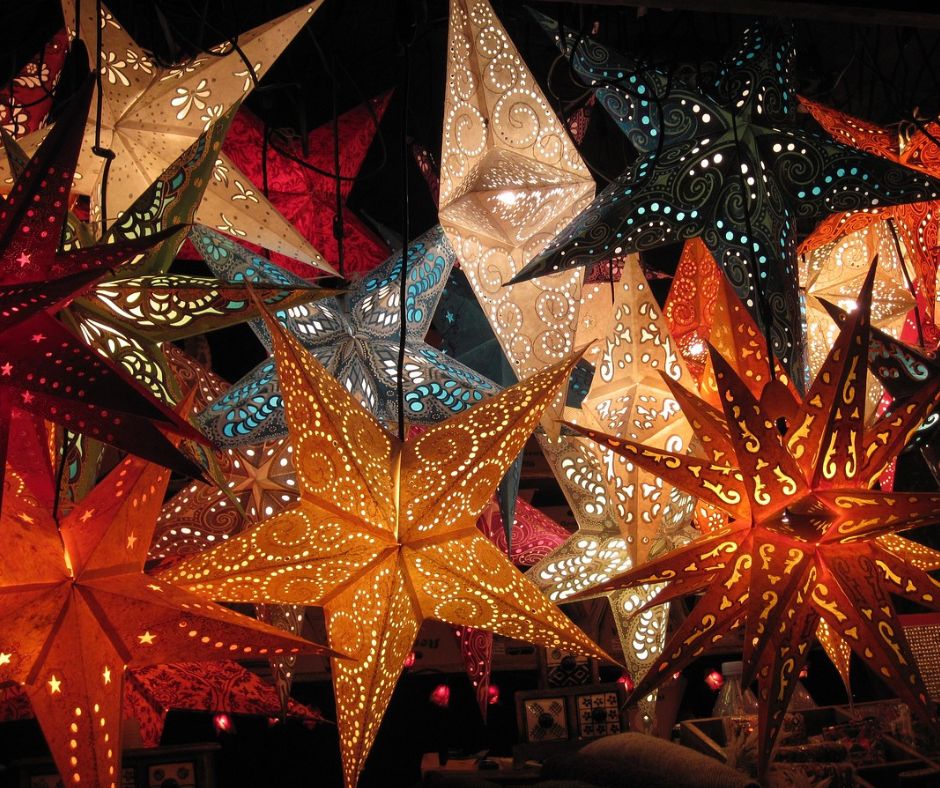European Christmas Traditions
While decorating trees, hanging stockings, and leaving out cookies for Santa are well-known Christmas customs with roots in Western Europe, the rich cultural diversity across the continent has birthed a wonderful array of distinct European Christmas traditions. Each country adorns the beloved holiday with its own unique cultural imprint – from the lively Christmas markets of Germany to the elaborate Nativity scenes of Italy and the peculiar Yule Lads folklore celebrated in Iceland. Whether steeped in age-old European Christmas traditions or reflecting more contemporary observances, the spirit of Christmas unites people of all cultures in joy and festivity.
Croatia
It is a widespread tradition for families and communities to make an advent wreath (adventski vijenac) together in the weeks leading up to Christmas. These handmade wreaths are typically made from evergreen branches or vines and decorated with four candles. One candle is lit on each of the four Sundays preceding Christmas Day.
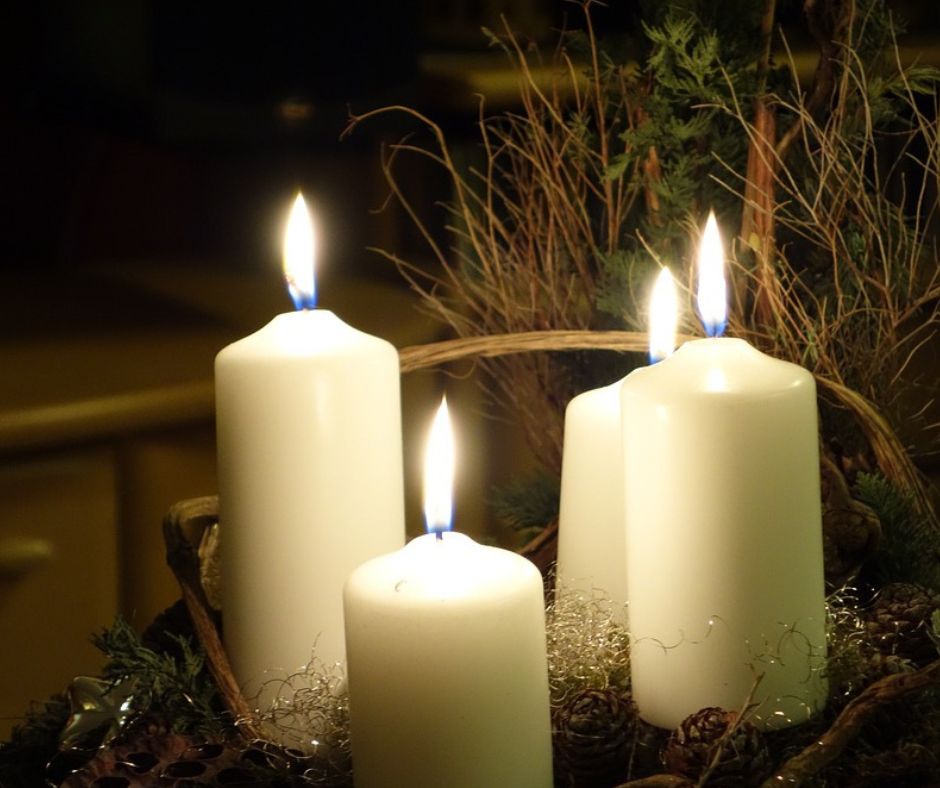
Germany
The Christmas markets or Christkindlmarkts are a beloved tradition in Germany dating to the Late Middle Ages. Stalls fill town squares selling holiday treats, mulled wine, ornaments, and handicrafts. Lighted trees, carolers, and the aroma of gingerbread fill the air. Germany also lays claim to originating the Christmas tree tradition.
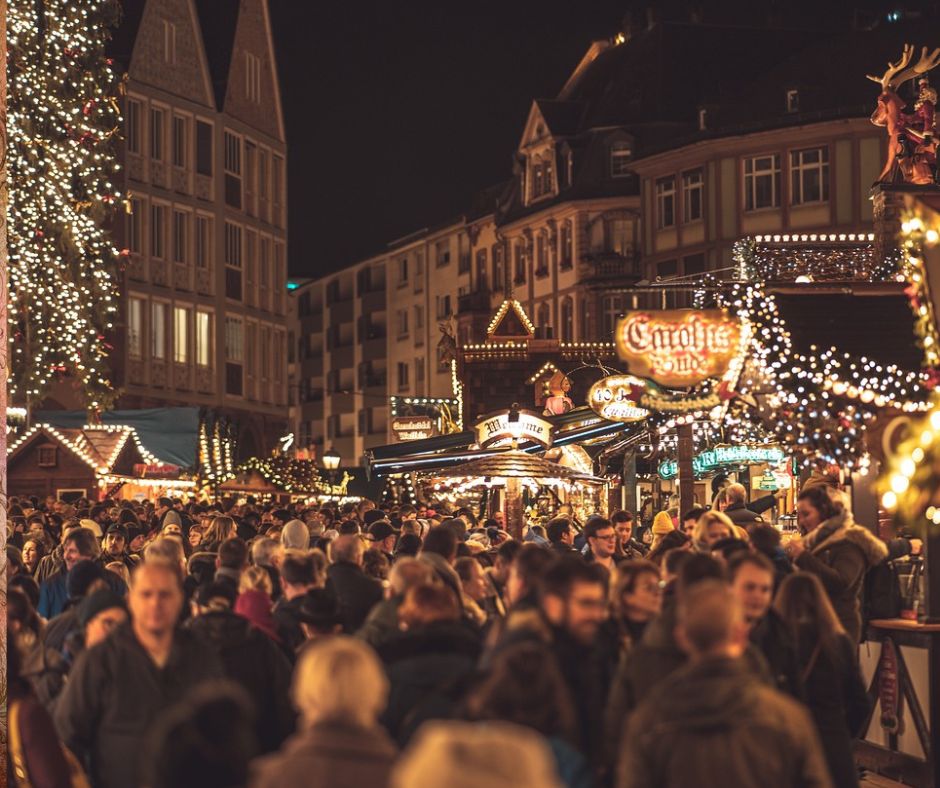
Greece
Karavakia, which translates to little boats, is a charming Christmas tradition observed in Greece. This tradition involves the decoration of small wooden boats. These boats stay either inside homes or in public spaces as part of the Christmas decorations. The boats have colorful lights, ornaments, and other festive decorations. Sometimes, they may have small gifts or sweets. The significance of karavakia lies in Greece’s deep maritime heritage. By decorating boats for Christmas, Greeks pay homage to their connection to the sea and its importance in their history and culture.
Liechtenstein
Treichlen is a unique folk tradition in Liechtenstein during the Christmas season. It involves groups of people, usually young men and boys, going from house to house while ringing loud bells and cracking whips. The Treichler dress up in traditional wool costumes with large cowbells strapped across their chests. As they walk through villages and towns, they ring the bells vigorously and crack their whips which make a sharp cracking sound to drive away evil spirits.
Iceland
In Iceland, 13 Yule Lads visit Icelandic children. These trolls leave treats or rotting potatoes in shoes depending on children’s behavior. Each lad arrives on a different day starting December 12th, culminating with the last one arriving on Christmas Eve.
One of the most famous Christmas Eve traditions in Iceland is Jólabókaflód, or Christmas book flood. It is common for people to give and receive books on Christmas Eve. Then they spend the rest of the evening reading.
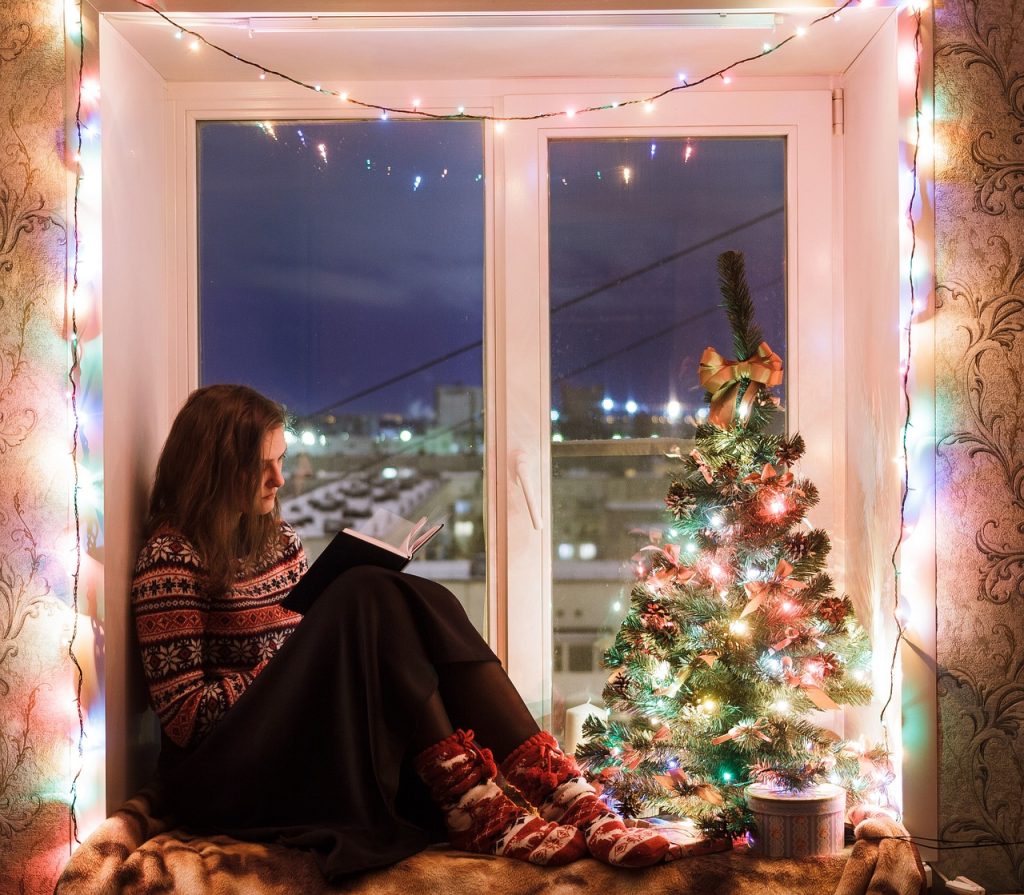
Italy
The focus in Italy shifts to Nativity scenes called il presepe. These elaborate manger scenes feature figurines, lighting, and intricate handmade details passed down through generations. Some of the most famous presepi are in churches and public squares across Naples and Rome.
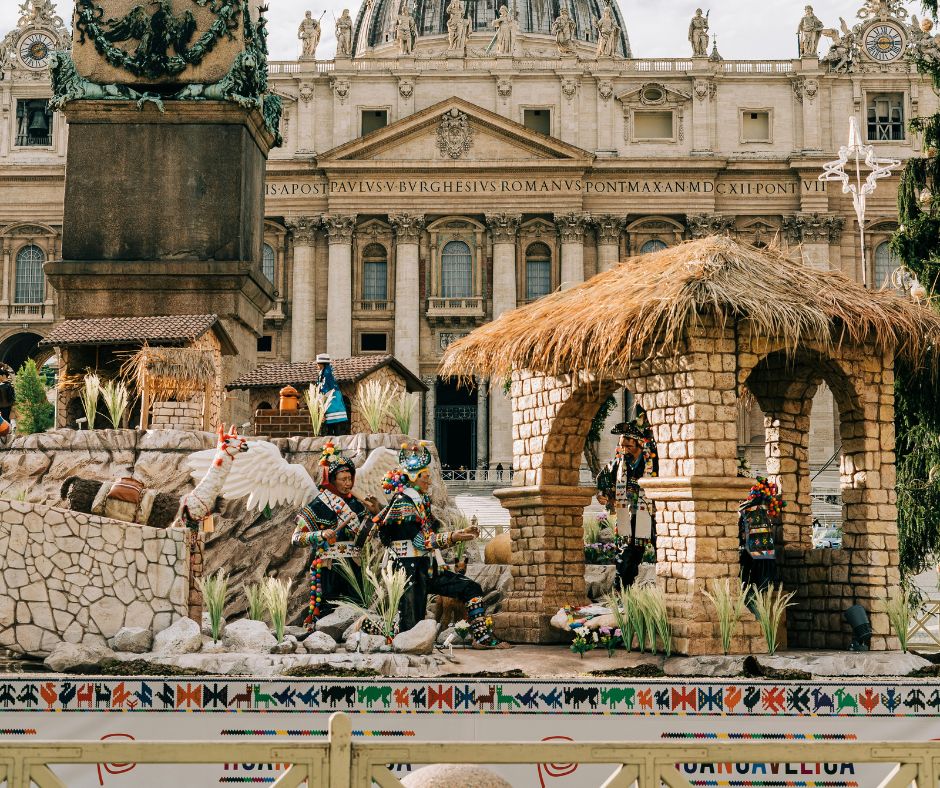
Poland
One of the most popular and beloved Christmas traditions in Poland is the Wigilia. The Wigilia is the grand meatless Christmas Eve vigil dinner in Poland, a tradition steeped in symbolism and superstition. Hay is placed underneath the table’s white linen cloth to evoke the manger where Jesus was born. Twelve different dishes are served, representing the twelve apostles, with traditional fare like pierogi, carp, mushroom soup, and sauerkraut. An extra place setting is left at the table to welcome any unexpected guest. The feast cannot commence until the first night star is spotted in the sky. This signals the moment to share and consume the traditional Christmas wafer (opłatek) while exchanging wishes for good fortune. After this sacred meal, Polish families often partake in caroling, fortune-telling games, and leaving the table set overnight.
Sweden
In Sweden, the tradition of the Yule Goat dates back to ancient pagan festivals. A giant straw goat is built in towns like Gävle and remains up until the new year. Pranksters often try to burn down the goat, so it has to be guarded around the clock. Across Scandinavia, families celebrate on Christmas Eve with a special holiday smörgåsbord feast.
On December 24th at 3pm families across the country gather around their television sets. The event they tune in for is a broadcast of classic Disney cartoons from the 1950s featuring Donald Duck. This viewing ritual attracts viewers of all ages, with adults enthusiastically watching alongside children.
Spain
The Three Kings or Reyes Magos take center stage in Spain rather than Santa Claus. On January 5th, children receive gifts from the three wise men in a celebration rivaling Christmas. On the eve, Spanish children put out shoes filled with hay for the kings’ horses.
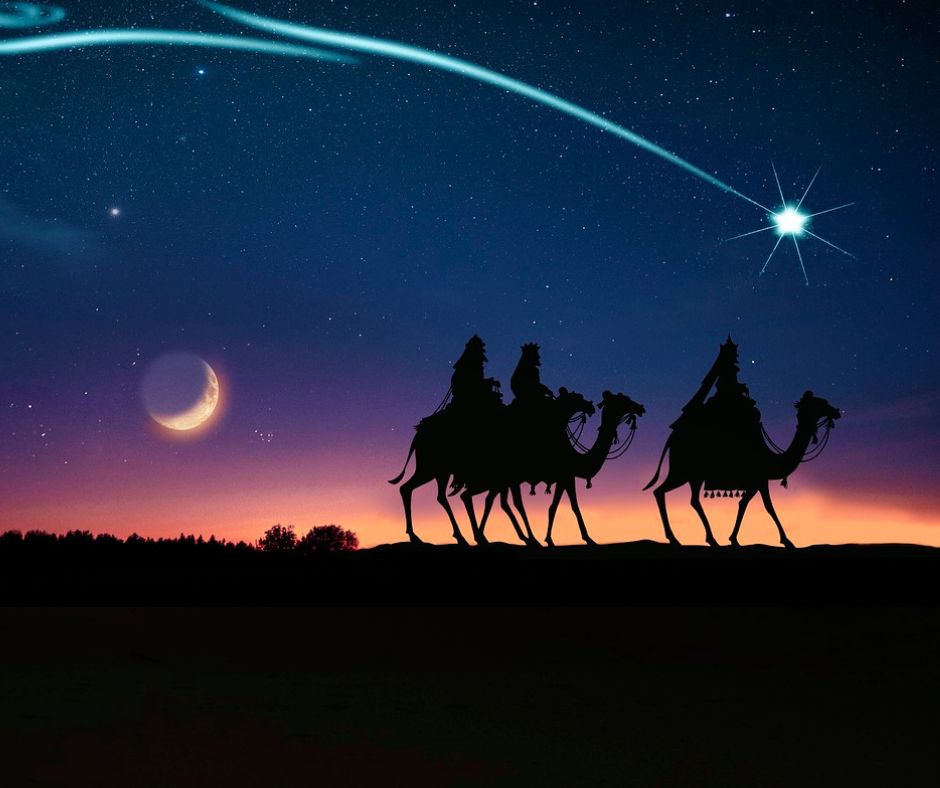
United Kingdom
Crackers are an iconic part of the holiday in the UK. These paper tubes wrapped in festive paper are pulled apart by two people, making a snapping sound. Inside are small trinkets, toys, crowns, and jokes. Originating in the 1800s, crackers became a beloved British yuletide pastime.
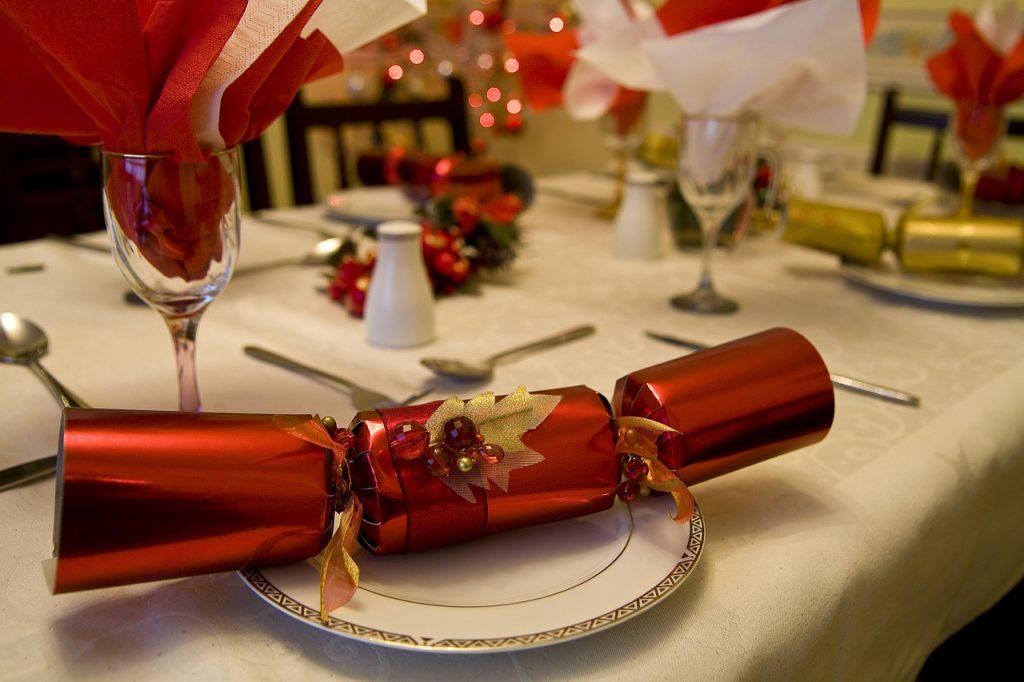
Fun Christmas Facts from Around Europe
- In Ireland, the Twelve Pubs of Christmas game has been around for over a decade now. The rules are: visit twelve different pubs in one night, spend 30 minutes and have a drink in each, wear the ugliest Christmas sweater you own, and strictly abide by the laws of each pub.
- In parts of Austria, people perform historical “Perchten” rituals with pagan roots. They wear carved masks and fur costumes to scare off evil spirits.
- The French bûche de Noël or Yule log cake originated as an actual wooden log burned from Christmas Eve through New Year’s Day.
- Mistletoe’s association with Christmas stems from the ancient Celtic Druids who believed it had magical properties.
- The tradition of putting up Christmas trees began in Germany in the 16th century.
- In Norway and Sweden locals hide brooms on Christmas Eve to ward off evil spirits before the festivities.
- ”Feliz Navidad” isn’t the only Christmas song you’ll hear. “Stille Nacht (Silent Night)” originated in Austria and is now popular internationally.
- January 6th is as “Three Kings Day” or the Epiphany throughout Europe. Children in Spain and Portugal get more gifts while carols are still sung in Sweden.
No matter which specific European Christmas traditions we celebrate, the underlying spirit of joy remains constant across the continent. From trimming trees to baking special treats, lighting candles to exchanging gifts, European Christmas traditions are colorful, historic, and endlessly fascinating. The unique traditions help every nation’s Christmas spirit burn equally bright during the most wonderful time of the year.
